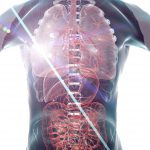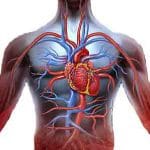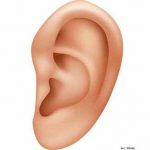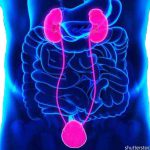NEWS on implant material, supply
Concerns about shortages of orthopaedic implants due to the EU Medical Device Regulation
The German Society for Endoprosthetics (AE) is concerned about potential shortages of artificial hip and knee joints. Bureaucratic hurdles urgently need to be removed, as otherwise the EU Medical Device Regulation (MDR) would increasingly jeopardize patient safety, it said today. The MDR, which came into force in 2021, has been...
Human materials for 3D printing human tissue
Biomaterials required for 3D printing living cells are currently produced on an animal basis. A research project intends to develop materials based on human placental tissue for various 3D bioprinting technologies. 3D bioprinting aims to produce tissue structures for numerous applications such as non-animal testing, drug screening and regenerative medicine....
Tips for Clinicians – Keeping Your Patients’ Connected Medical Devices Safe
Educating patients about cybersecurity of connected medical devices shouldn’t be a scary conversation for health care providers. Connected medical devices are often an important part of patients’ and their families’ lives since they rely on such devices to stay safe and healthy. The U.S. Food and Drug Administration (FDA) released...
Poietis Automates the Manufacturing of Biological Tissue
While the manufacturing of biological tissue meets major societal demands, it also faces significant challenges related to process standardization and scaling up. With these challenges in mind, the French start-up Poietis has developed the Next Generation Bioprinting (NGB) platform to achieve 4D bioprinting of biological tissue in a faster, more affordable and more functional...
3D printing technologies for soft and hard tissue regeneration
Typically, manufacturing technology is done in four steps: creating or scanning, converting to a file, specifying the print material, and manufacturing. The production of artificial tissues using 3D printing is known as bioprinting. The most common method is the top-down approach. Recently, the bottom-up proceeding has also been successful. Certain...
Influence of hydrogel coatings on corrosion and fatigue of iron in simulated body fluid
Surface corrosion and fatigue studies of pure iron were performed in a modified simulated body fluid (m-SBF) electrolyte with and without applied agar films as a typical hydrogel film. The electrochemical corrosion rates were analysed using electrochemical impedance spectroscopy. The morphology and surface chemical composition of the samples after exposure...
Bone growth inspired “microrobots” that can create their own bone
Inspired by the growth of bones in the skeleton, researchers at the universities of Linköping in Sweden and Okayama in Japan have developed a combination of materials that can morph into various shapes before hardening. The material is initially soft, but later hardens through a bone development process that uses...
Polymeric Materials And Coronary Angioplasty Devices
Cardiovascular diseases are responsible for over 15 million deaths worldwide per year.1 The occlusion of vessels such as the coronary or peripheral arteries hinders the flow of blood to the heart, resulting in heart attacks (myocardial infarction) and often death. Percutaneous transluminal coronary angioplasty (PTCA), a minimally invasive endovascular procedure...
Find NEWS and PUBLICATIONS here according to your interests or use the search box.









